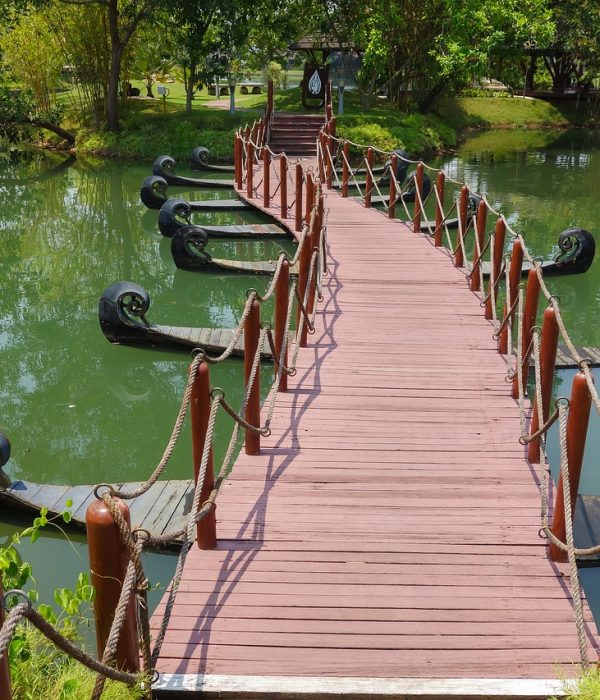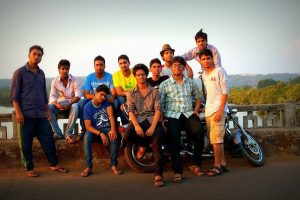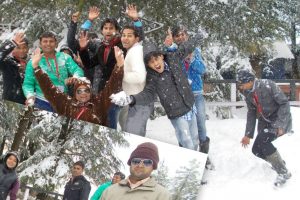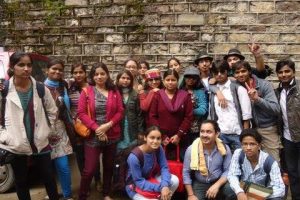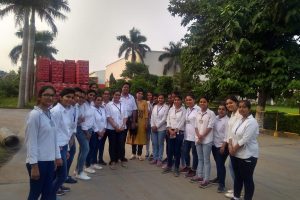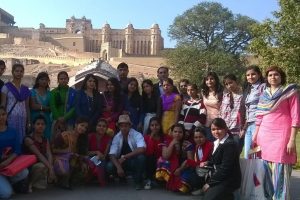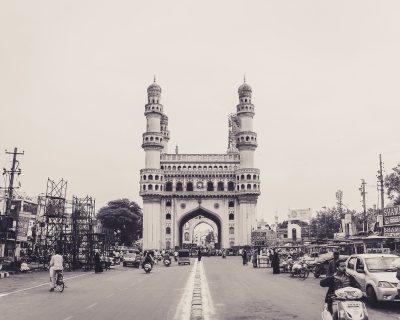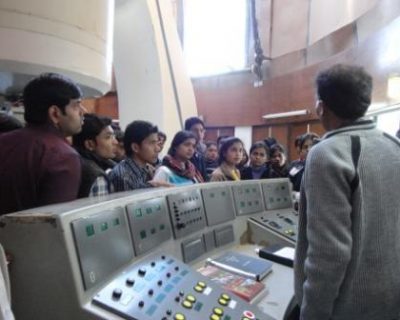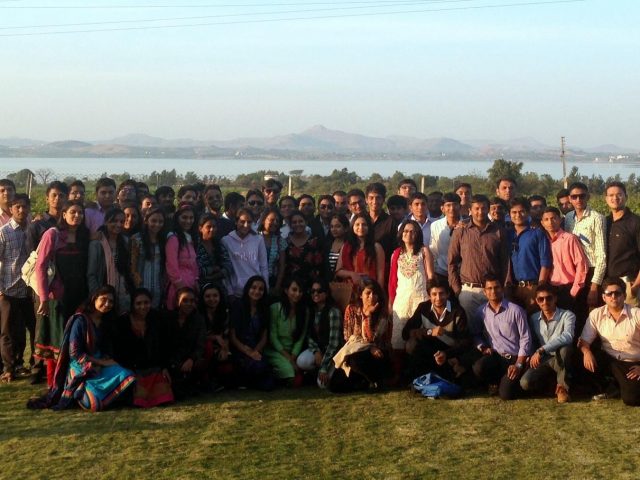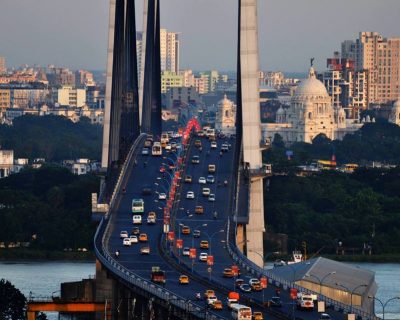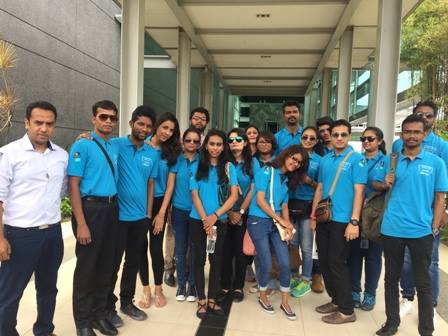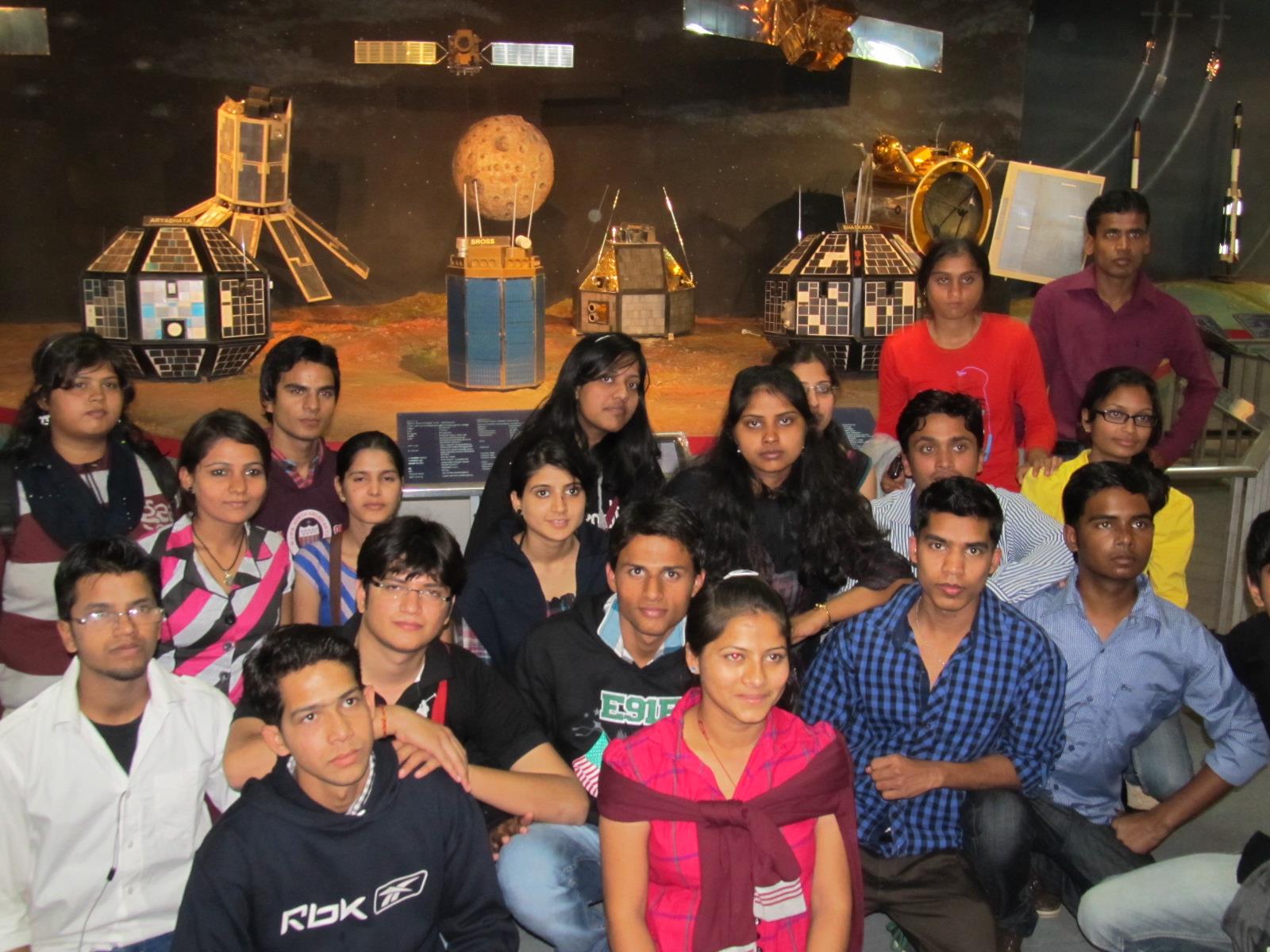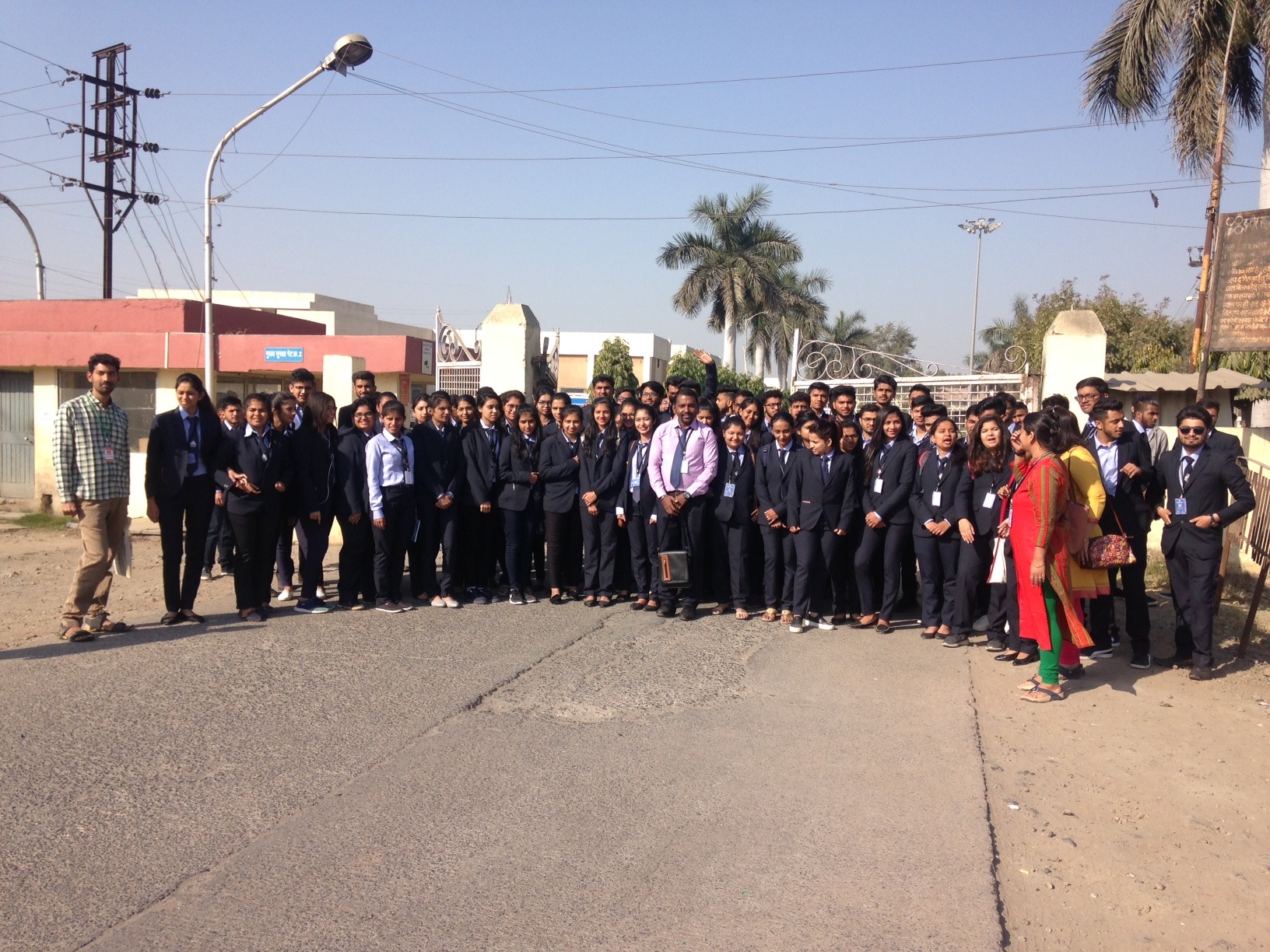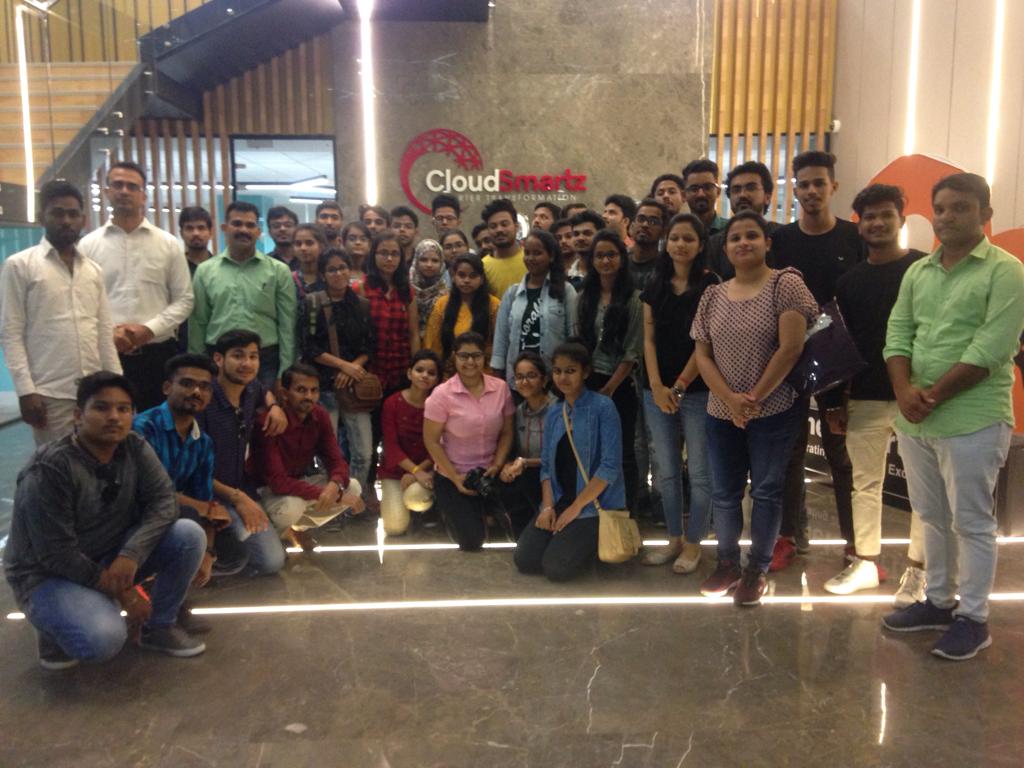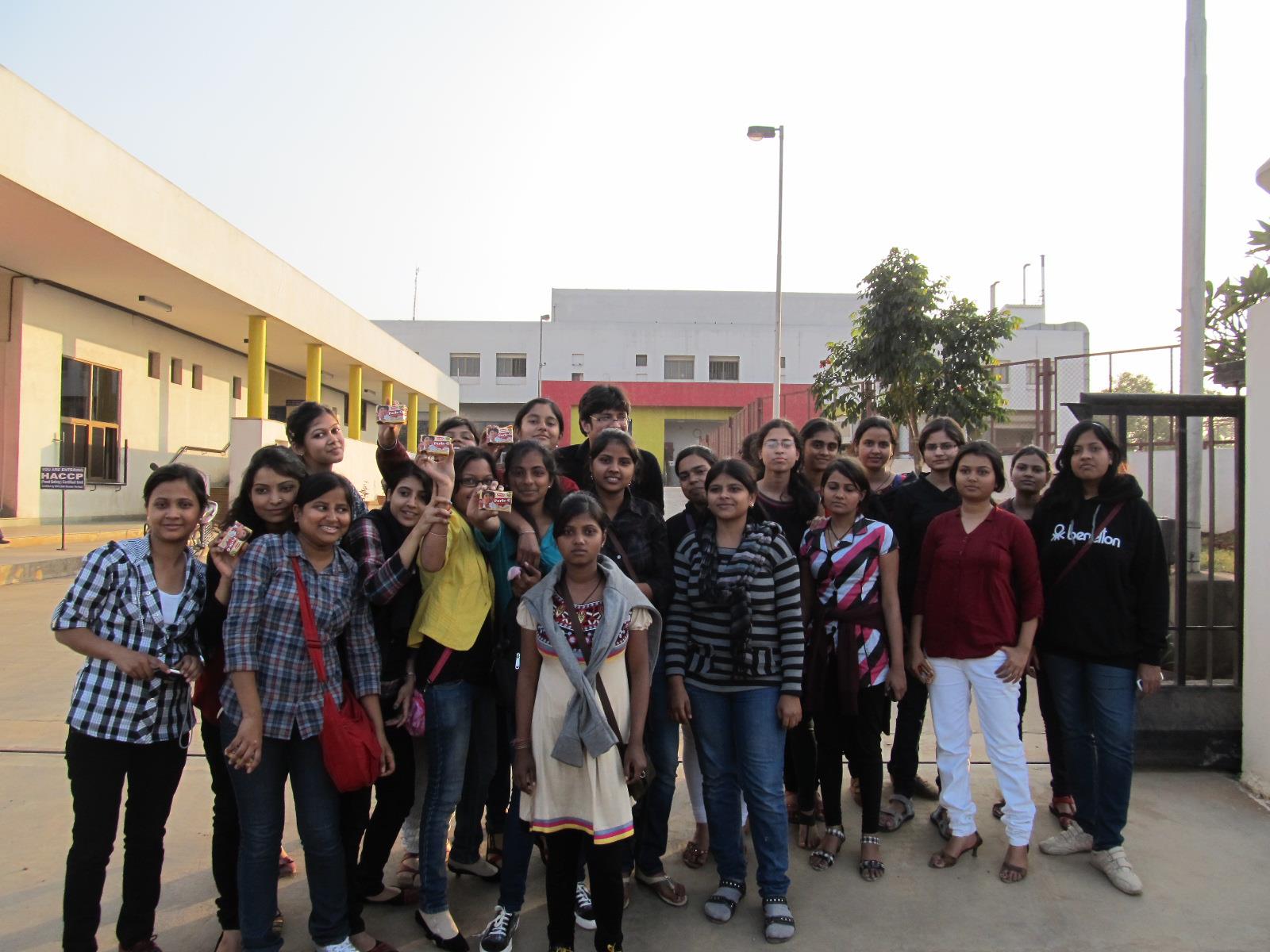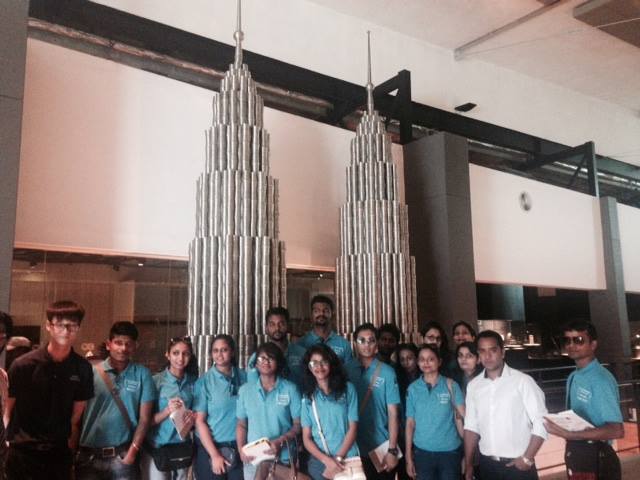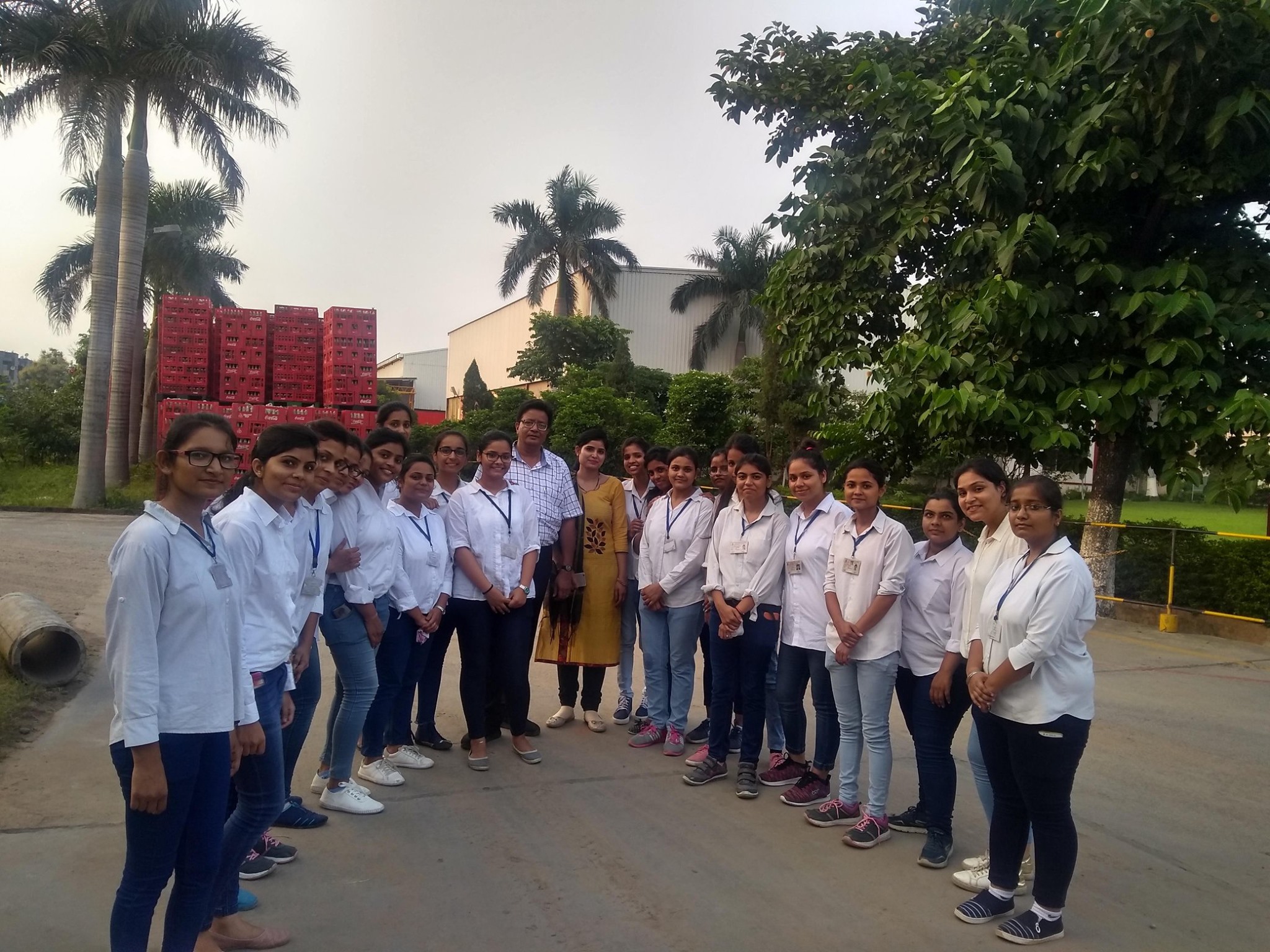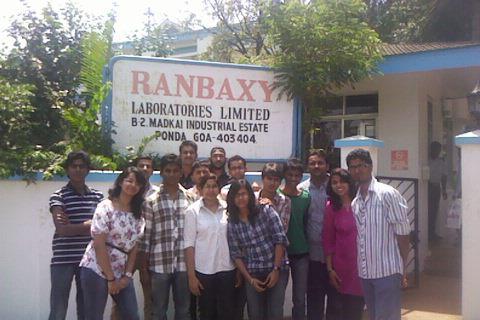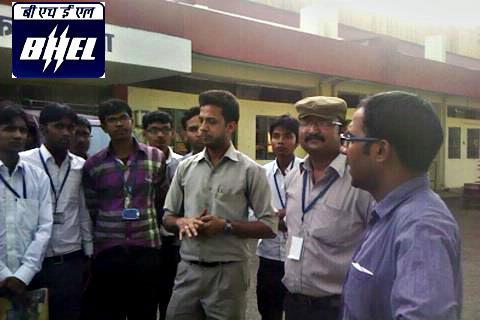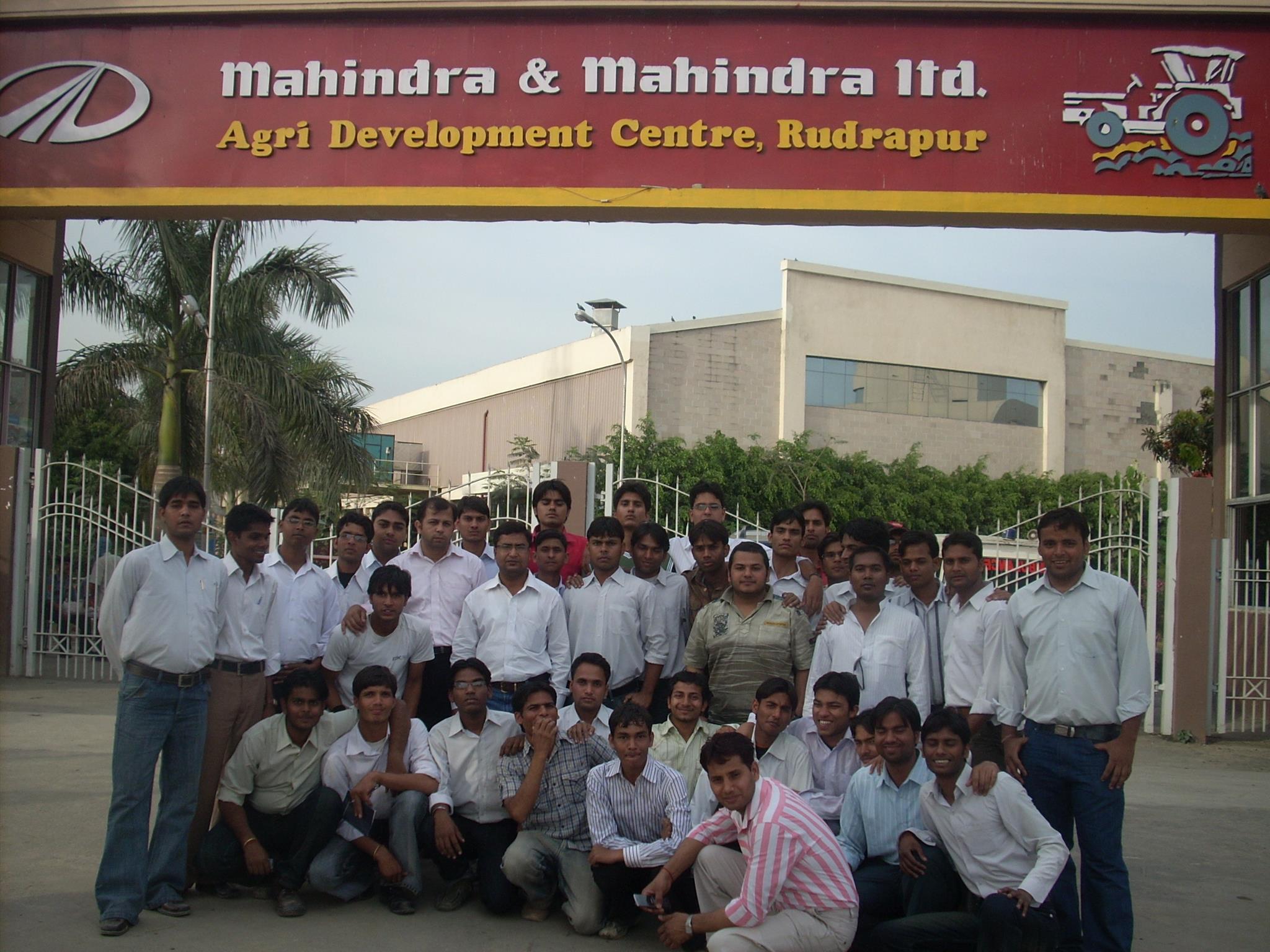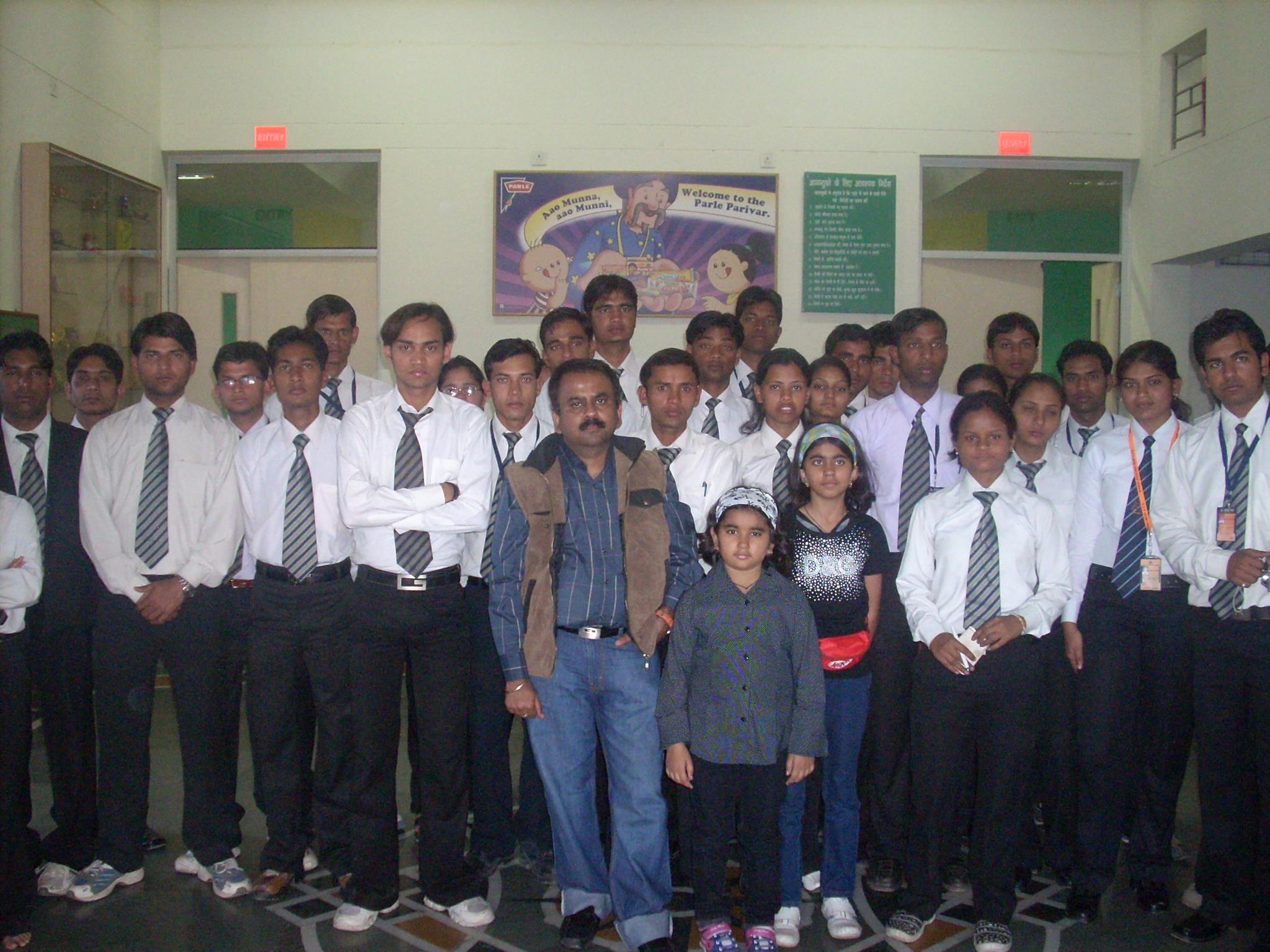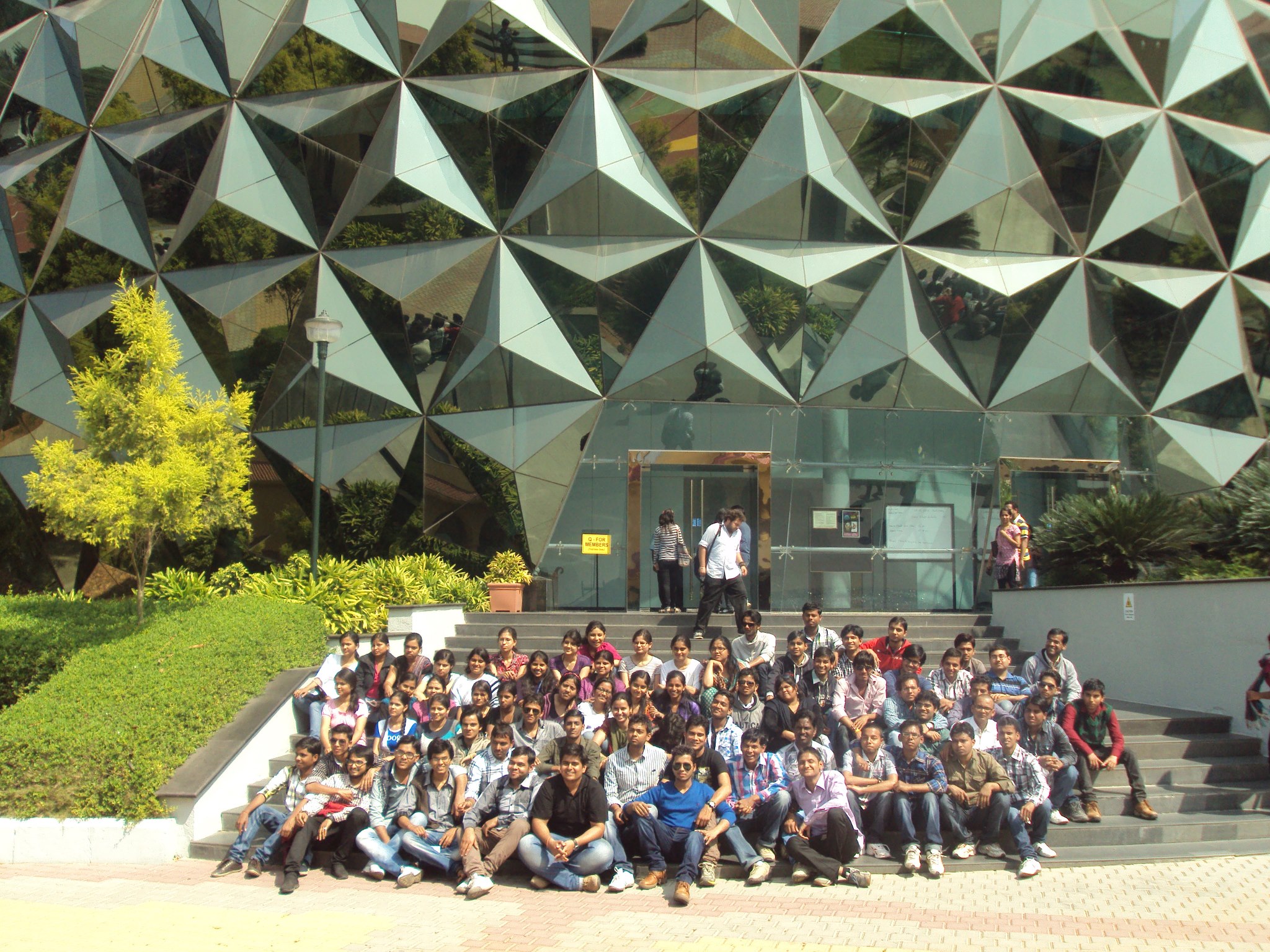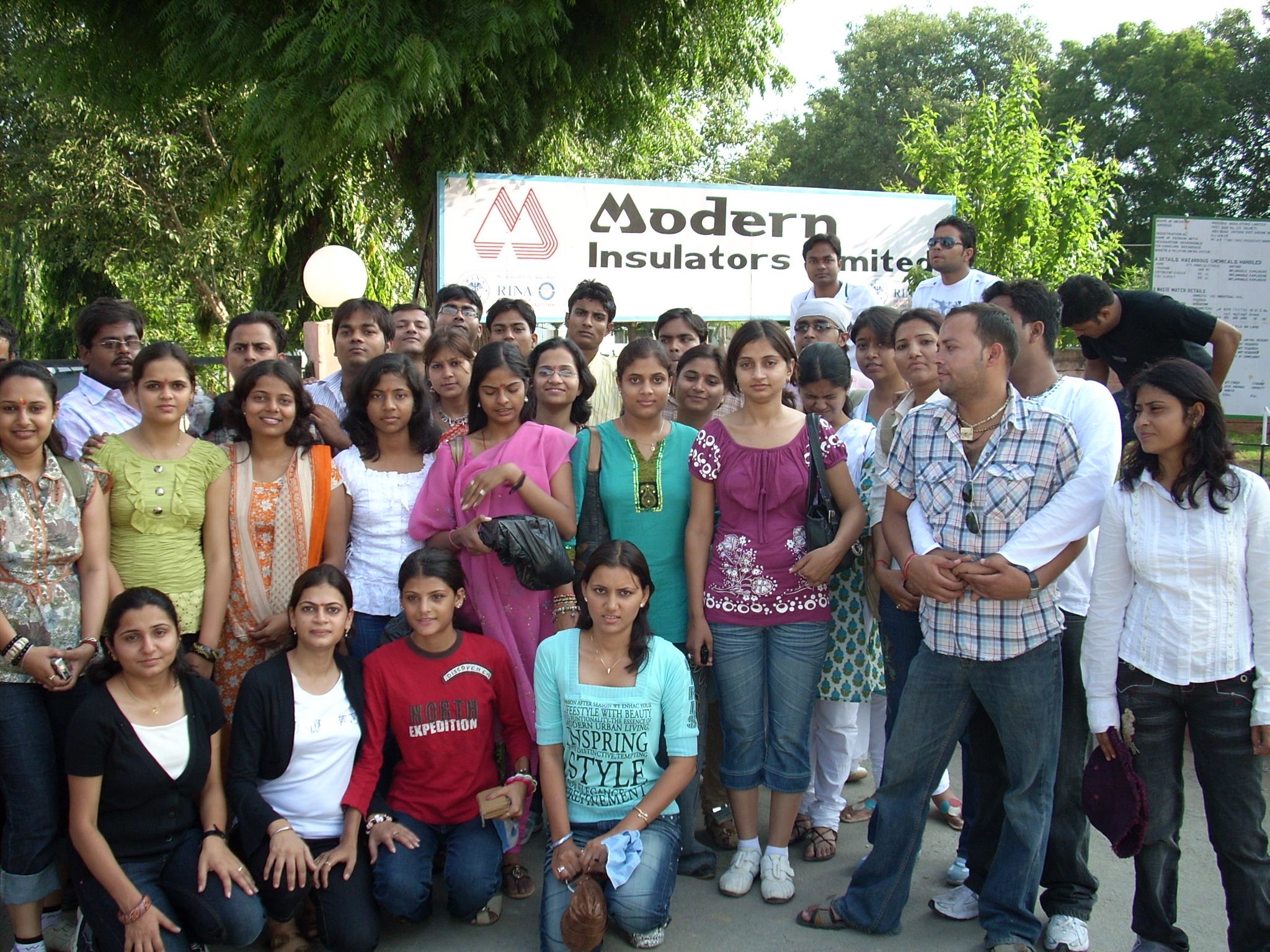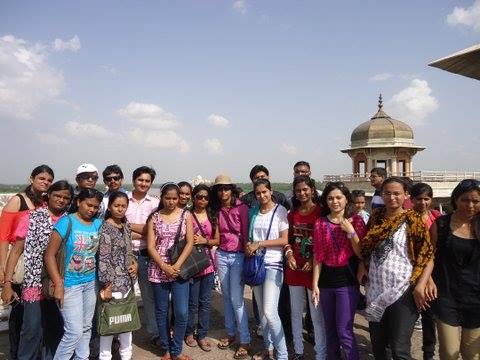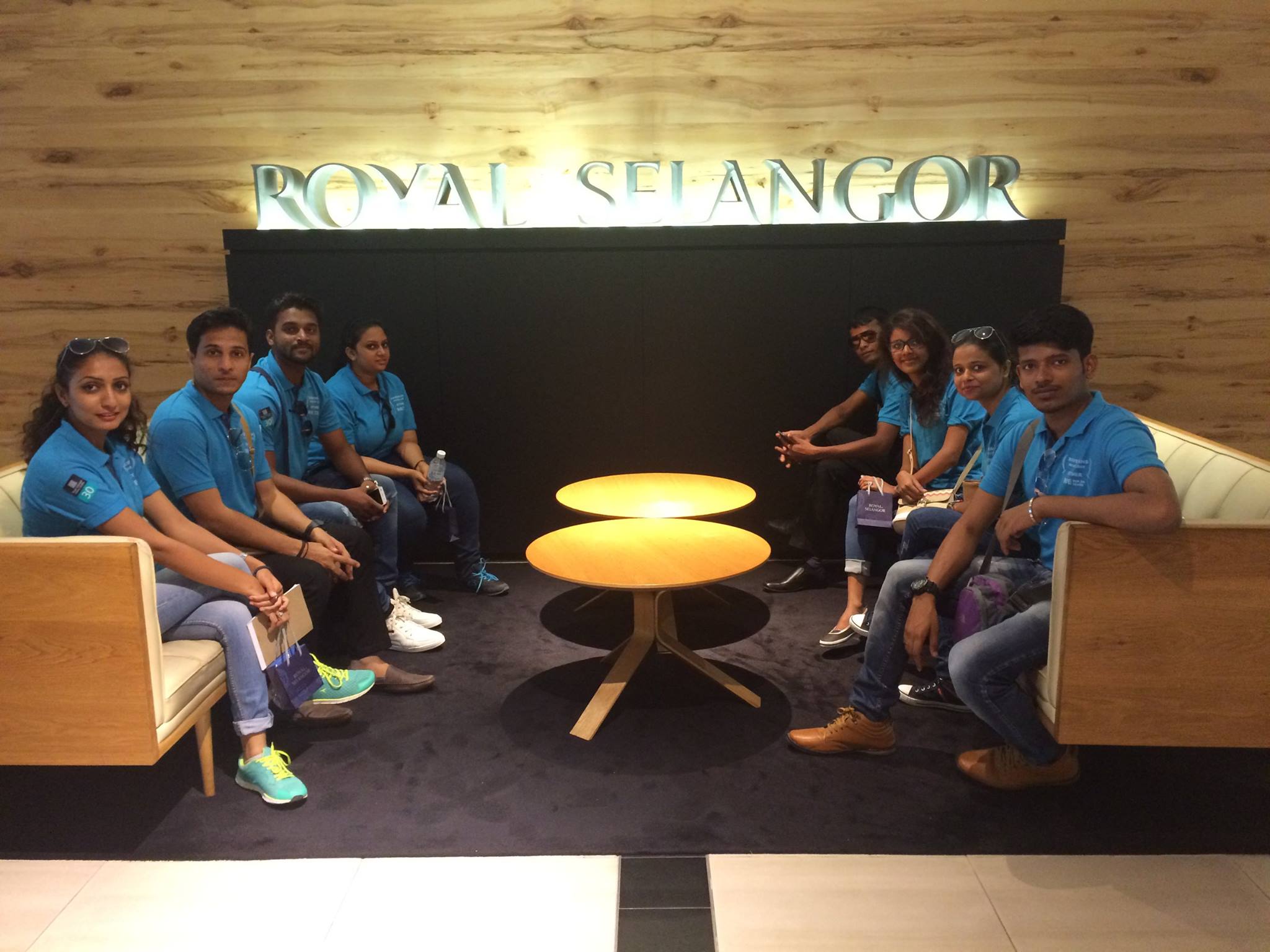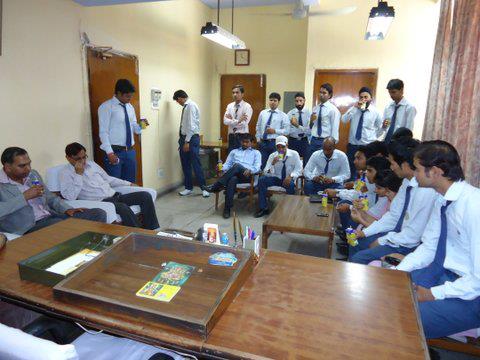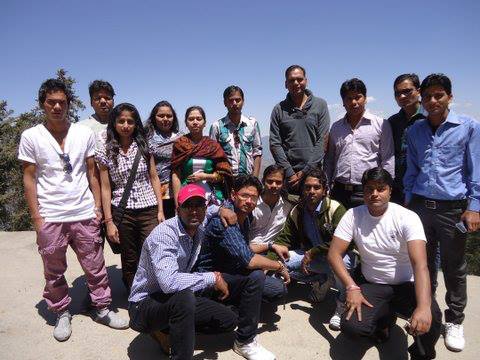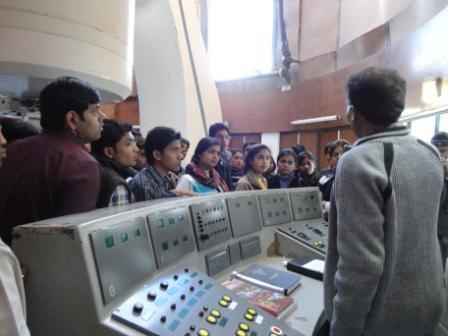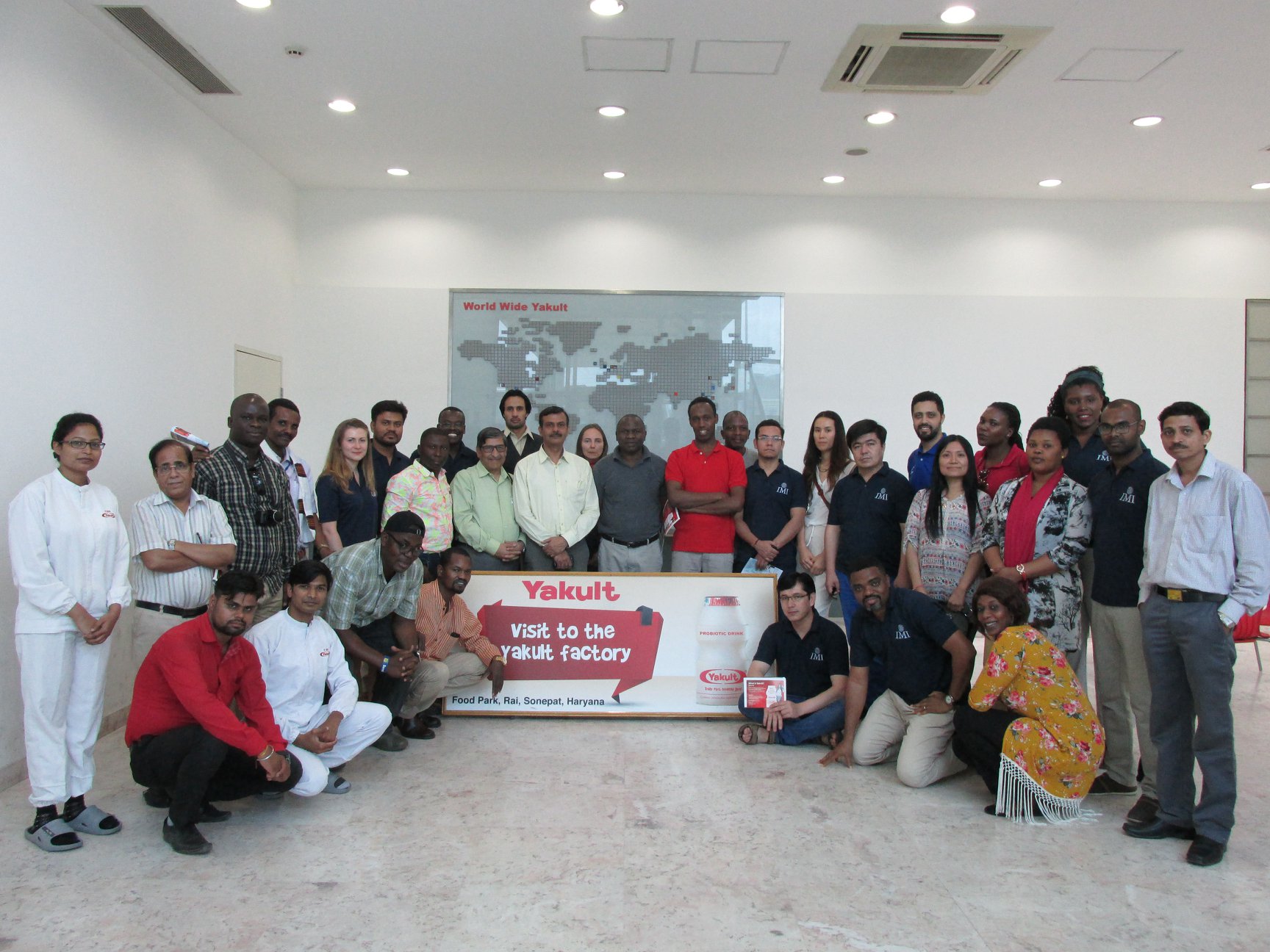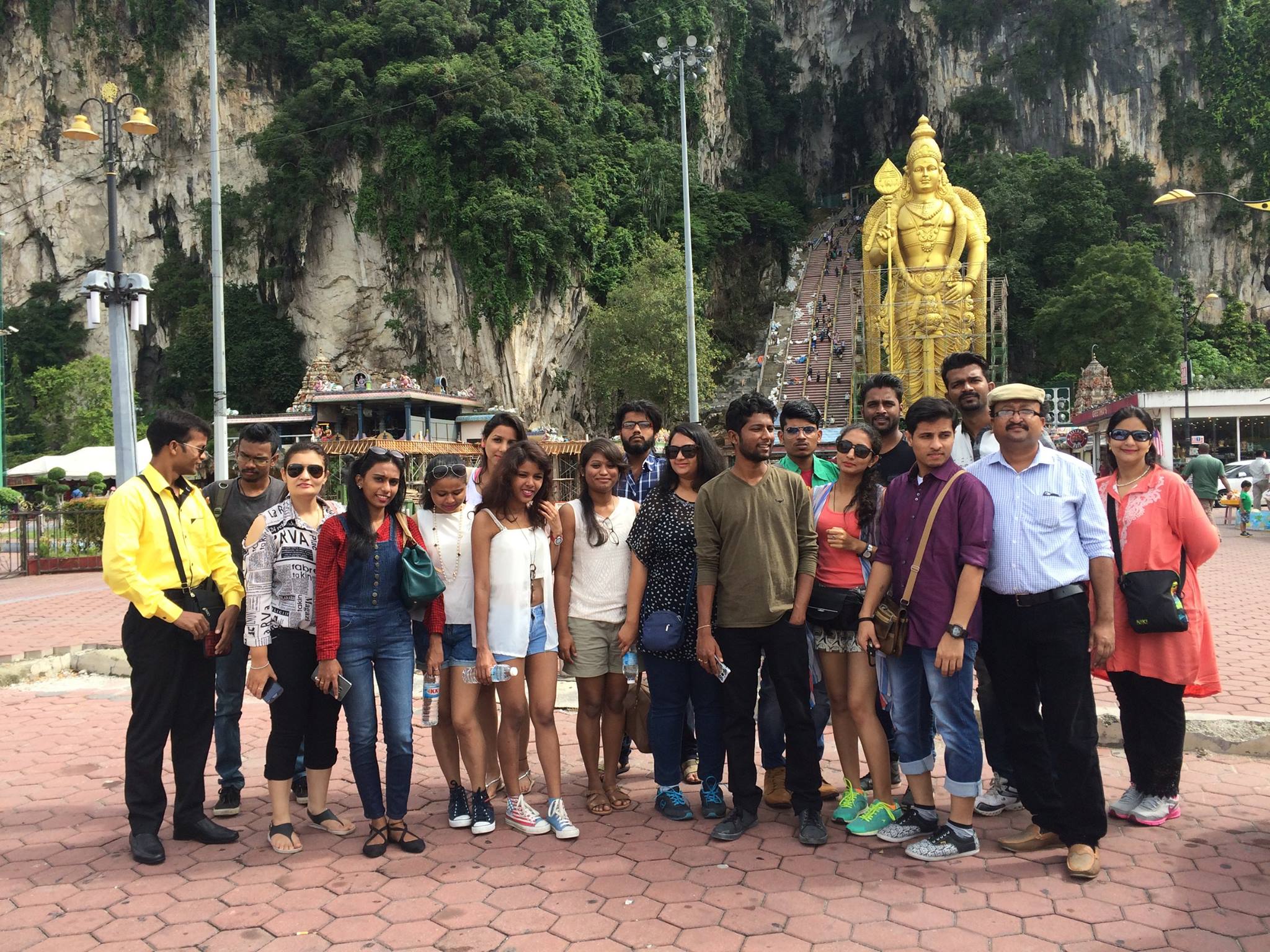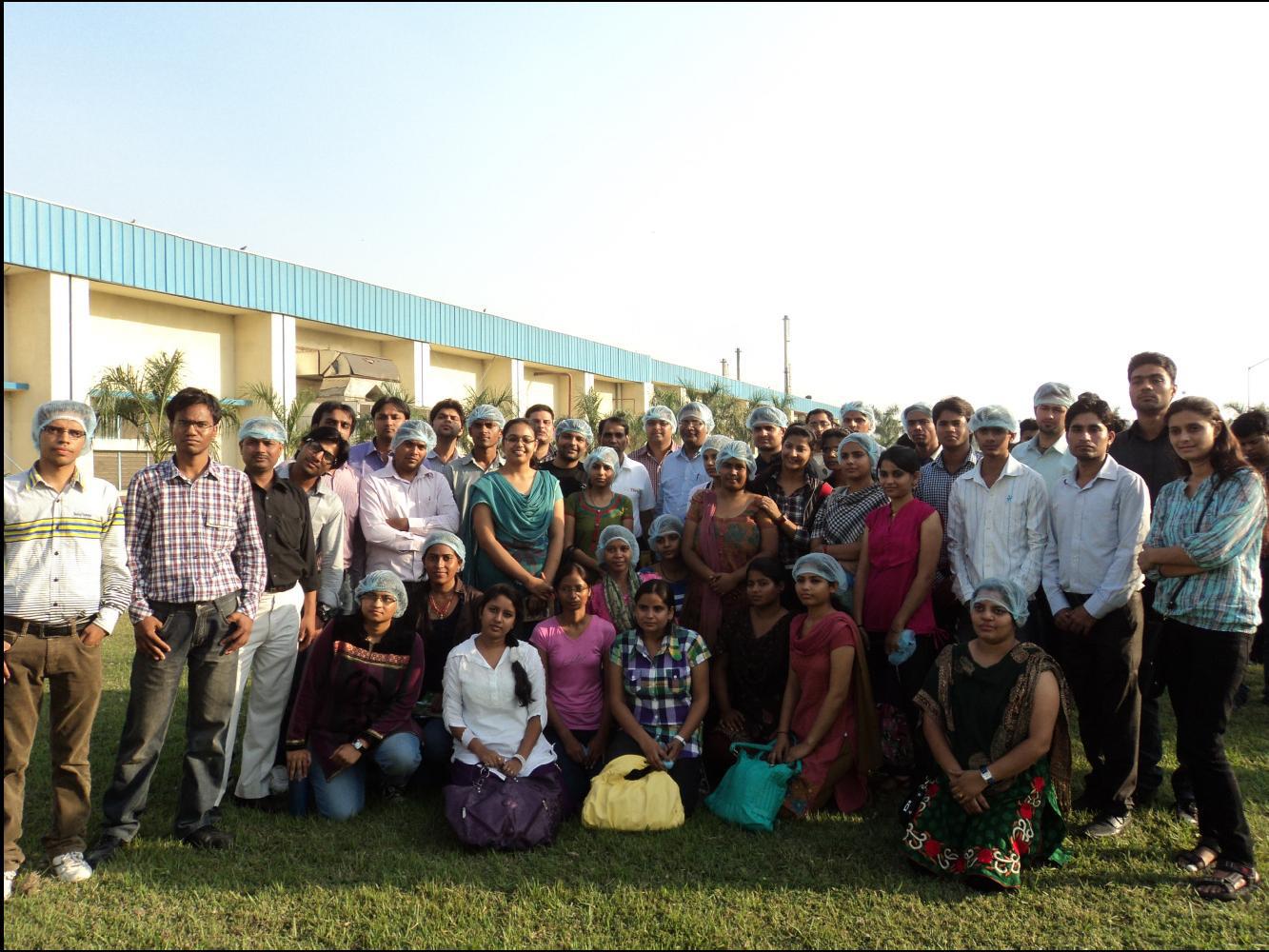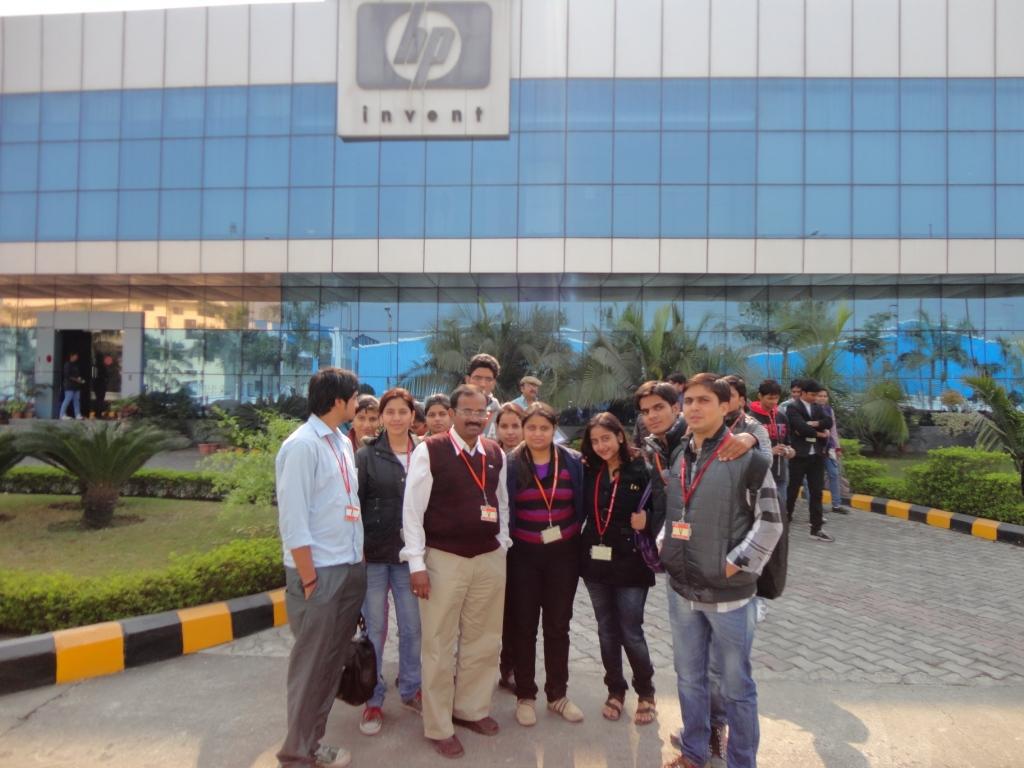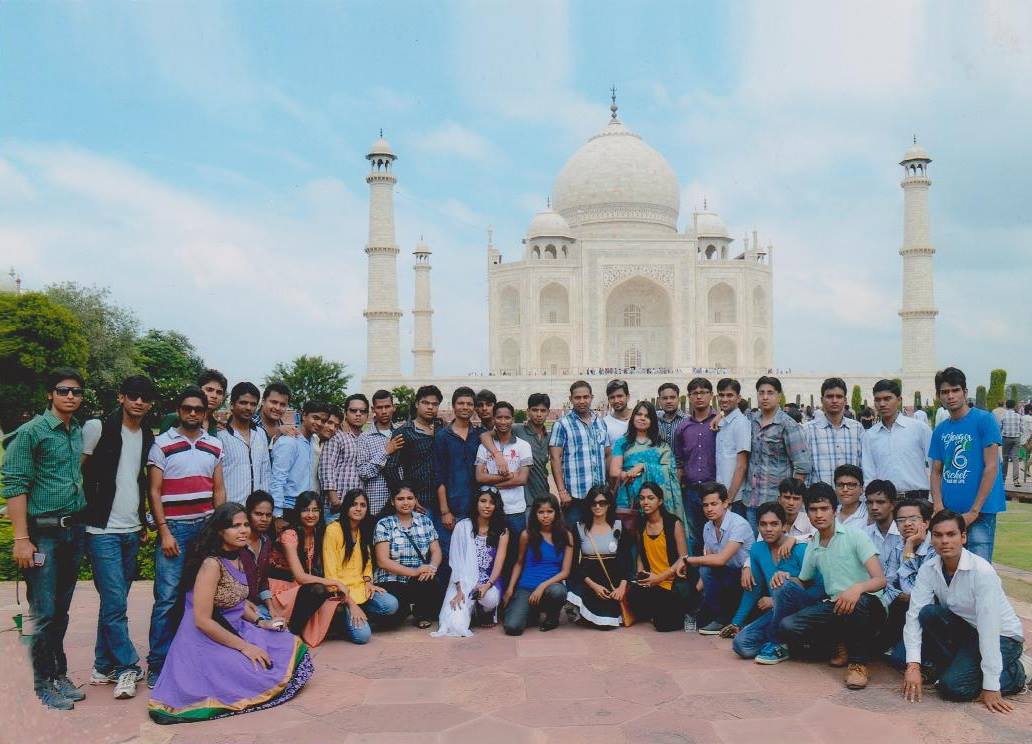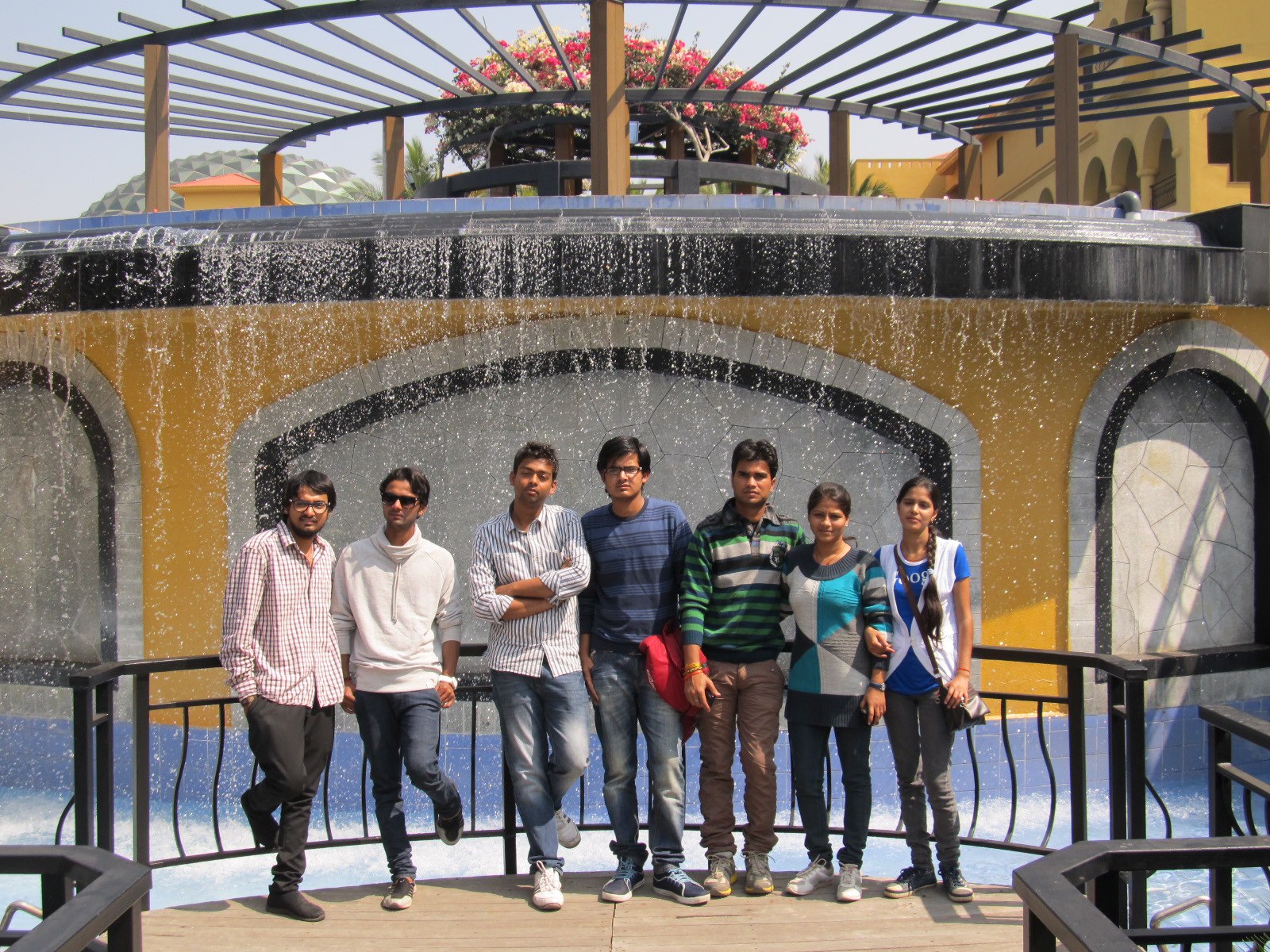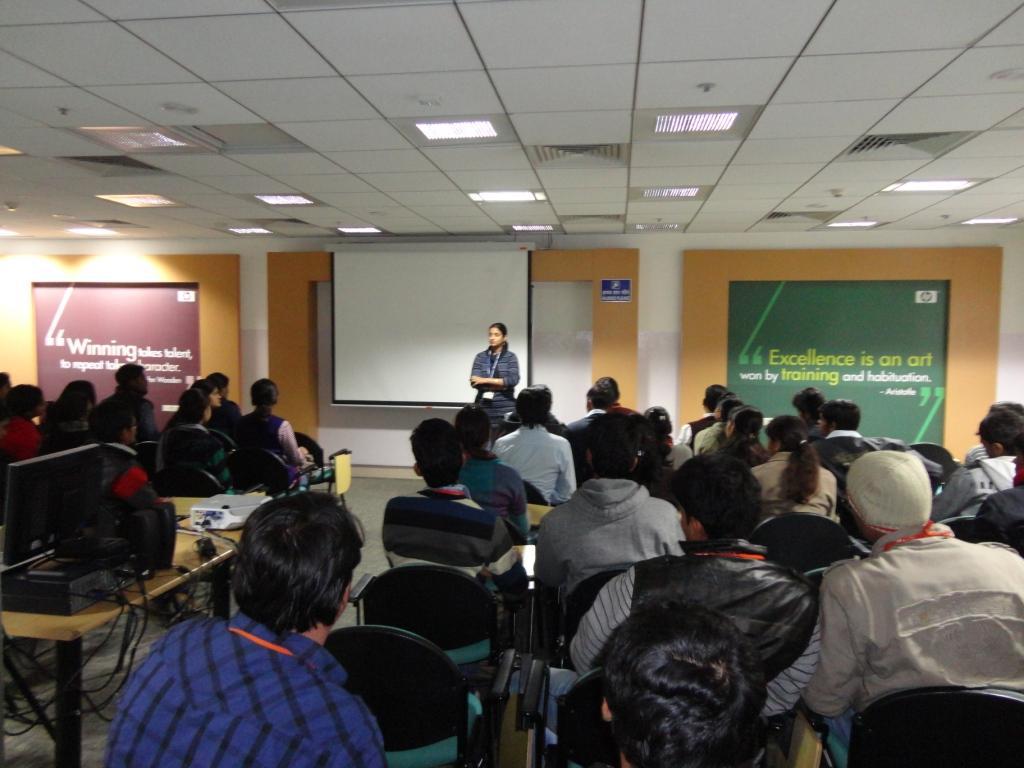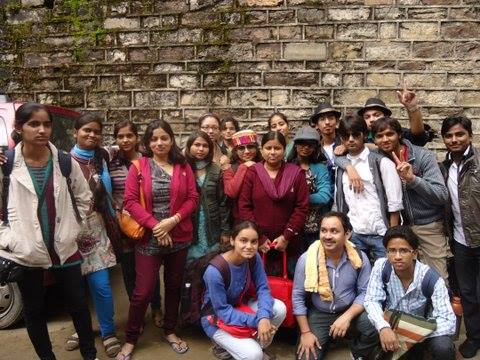Kerala Industrial Profile:
Kerala, known as "God's Own Country," has a diverse and thriving industrial sector. The state is renowned for its traditional industries, as well as modern sectors that contribute significantly to its economy. Here's an overview of the industrial profile of Kerala:
Tourism: Tourism is one of the primary industries in Kerala, attracting a large number of domestic and international tourists. The state's natural beauty, backwaters, beaches, Ayurveda, and cultural heritage make it a popular destination. The tourism industry encompasses hotels, resorts, homestays, travel agencies, houseboats, and various other services.
Agriculture: Kerala has a strong agricultural base, with a focus on crops such as rubber, coconut, tea, spices, and cashews. The state is the largest producer of rubber in India and is known for its high-quality spices, including cardamom, pepper, cinnamon, and cloves. Agriculture also includes the cultivation of paddy, fruits, vegetables, and plantation crops.
Fisheries: Given its long coastline and network of backwaters, fishing and seafood processing play a significant role in Kerala's economy. The state has a thriving fishing industry, with activities ranging from traditional fishing methods to mechanized trawlers. The processing and export of seafood products, including shrimp, fish, and crab, contribute to the state's industrial sector.
Handicrafts and Cottage Industries: Kerala is famous for its traditional handicrafts, including coir products, handloom textiles, wood carvings, metal crafts, and pottery. These cottage industries are often practiced in rural areas, providing employment to local artisans and preserving traditional craftsmanship.
Rubber and Plastic Industries: Kerala has a strong rubber industry, with numerous rubber plantations and rubber processing units. The state also has a significant presence in the plastic industry, manufacturing various plastic products and packaging materials.
IT and IT-enabled Services: Kerala has been making strides in the information technology (IT) sector, with the establishment of technology parks and IT hubs. Cities like Kochi and Thiruvananthapuram have IT companies, software development centers, and business process outsourcing (BPO) companies contributing to the state's IT industry.
Healthcare and Ayurveda: Kerala is renowned for its traditional healthcare system of Ayurveda. The state has numerous Ayurvedic hospitals, wellness centers, and Ayurvedic medicine manufacturing units. Medical tourism is also on the rise, with people seeking Ayurvedic treatments and rejuvenation therapies in Kerala.
Food Processing: Kerala has a growing food processing industry, focusing on products like spices, coconut-based products, processed fruits, and seafood. Food processing units, including canning, bottling, and packaging facilities, contribute to value addition and preservation of agricultural produce.
These are just some of the prominent industries in Kerala. The state's industrial landscape is diverse, with sectors ranging from traditional to modern industries, contributing to its overall economic growth and employment generation.
Demography: Kerala, located on the southwestern coast of India, is the southernmost state of the country. It has a population of over 35 million people, making it one of the most densely populated states in India. The state is known for its high literacy rate and social development indicators.
History: Kerala has a rich history dating back several centuries. The region has been influenced by various dynasties and empires, including the Cheras, Cholas, and the British. The state has a significant cultural heritage, with traditions rooted in its diverse historical influences.
Geography: Kerala is situated between the Arabian Sea and the Western Ghats, a mountain range that runs parallel to the coast. The state is known for its diverse landscapes, including lush green forests, backwaters, coastal plains, and rolling hills. It is also home to numerous rivers, lakes, and waterfalls.
Climate: Kerala enjoys a tropical climate throughout the year. It experiences two major monsoon seasons: the Southwest Monsoon (June to September) and the Northeast Monsoon (October to November). The state receives ample rainfall during these periods, which contributes to its lush greenery. Summers (March to May) are hot and humid, while winters (December to February) are milder and cooler.
How to Reach: By Air: Kerala has three international airports - Cochin International Airport, Thiruvananthapuram International Airport, and Calicut International Airport. These airports are well-connected to major cities in India and various international destinations.
By Train: Kerala has an extensive railway network connecting it to major cities across India. The state has several important railway stations, including Ernakulam Junction in Kochi, Thiruvananthapuram Central, and Kozhikode.
By Road: Kerala has a well-developed road network, making it easily accessible by road. National Highways and State Highways connect the state with neighboring states and major cities. Regular bus services operate within the state and from nearby cities.
Attractions:
- Backwaters: The tranquil backwaters of Kerala, including Alleppey and Kumarakom, offer scenic boat cruises, houseboat stays, and a chance to experience the unique ecosystem of these waterways.
- Hill Stations: Munnar, Wayanad, and Thekkady are popular hill stations known for their tea and spice plantations, breathtaking landscapes, and wildlife sanctuaries.
- Beaches: Kovalam, Varkala, and Bekal are some of the picturesque beaches along the Kerala coast, offering opportunities for relaxation, water sports, and stunning sunsets.
- Wildlife Sanctuaries: Periyar Wildlife Sanctuary, Eravikulam National Park, and Silent Valley National Park are home to diverse flora and fauna, including elephants, tigers, and rare bird species.
- Cultural Heritage: Fort Kochi, Mattancherry Palace, and Padmanabhaswamy Temple in Thiruvananthapuram showcase Kerala's rich cultural heritage and architectural marvels.
Nearby Attractions:
- Thekkady: Located near the Periyar Wildlife Sanctuary, Thekkady offers opportunities for wildlife safaris, boating in Periyar Lake, and spice plantation tours.
- Athirapally and Vazhachal Waterfalls: These stunning waterfalls, located near Thrissur, offer a breathtaking sight and are popular picnic spots.
- Wayanad: A district in Kerala known for its lush greenery, waterfalls, wildlife sanctuaries, and trekking trails.
Kerala, with its diverse landscapes, rich cultural heritage, and warm hospitality
History: Kasol has a rich history rooted in its cultural heritage. The village was originally inhabited by the indigenous Himachali people, known as the Malana tribe. Over the years, Kasol gained popularity among travelers seeking a tranquil escape amidst the scenic beauty of the Parvati Valley. It has now become a popular tourist destination and a hub for adventure enthusiasts.
Geography: Kasol is situated in the Parvati Valley of the Kullu district, nestled along the banks of the Parvati River. The village is surrounded by snow-capped mountains, dense pine forests, and lush green landscapes. It offers breathtaking views of the Himalayas and is known for its serene ambiance and natural beauty.
Climate: Kasol experiences a temperate climate throughout the year. Summers (April to June) are pleasant, with temperatures ranging from 15°C to 30°C (59°F to 86°F). Monsoons (July to September) bring moderate to heavy rainfall, adding to the scenic beauty of the region. Winters (October to March) are cold, with temperatures dropping to 0°C to 15°C (32°F to 59°F). Snowfall is common during the winter months, enhancing the charm of the surroundings.
How to Reach: By Air: The nearest airport to Kasol is Bhuntar Airport, located approximately 32 kilometers away. From the airport, you can hire a taxi or take a local bus to reach Kasol.
By Train: The nearest railway station to Kasol is Joginder Nagar Railway Station, located approximately 144 kilometers away. However, it is more convenient to reach Kasol by road from major nearby cities.
By Road: Kasol is well-connected by road to major cities like Delhi and Chandigarh. Regular bus services operate from these cities to Kasol. Private taxis and shared cabs are also available for transportation.
Attractions in Kasol:
- Chalal Village: A short trek from Kasol, Chalal Village offers scenic views and a glimpse into the local Himachali culture.
- Tosh Village: Located a few kilometers away, Tosh Village is known for its picturesque landscapes and a starting point for treks to the Kheerganga and Tosh Glacier.
- Parvati River: The Parvati River flowing through Kasol provides a peaceful environment for leisurely walks and picnics.
- Manikaran Sahib: A famous Sikh pilgrimage site, Manikaran Sahib is known for its hot springs, gurudwara, and religious significance.
Nearby Attractions:
- Malana Village: Known for its unique culture and distinct social structure, Malana Village is situated a few kilometers away from Kasol.
- Kheerganga Trek: A popular trekking destination, Kheerganga offers stunning views of the Parvati Valley and a natural hot water spring.
- Solang Valley: Located near Manali, Solang Valley is known for adventure activities like paragliding, skiing, and zorbing.
Kasol, with its natural beauty, serene atmosphere, and proximity to adventure destinations, attracts travelers seeking a peaceful getaway amidst the mountains of Himachal Pradesh.


